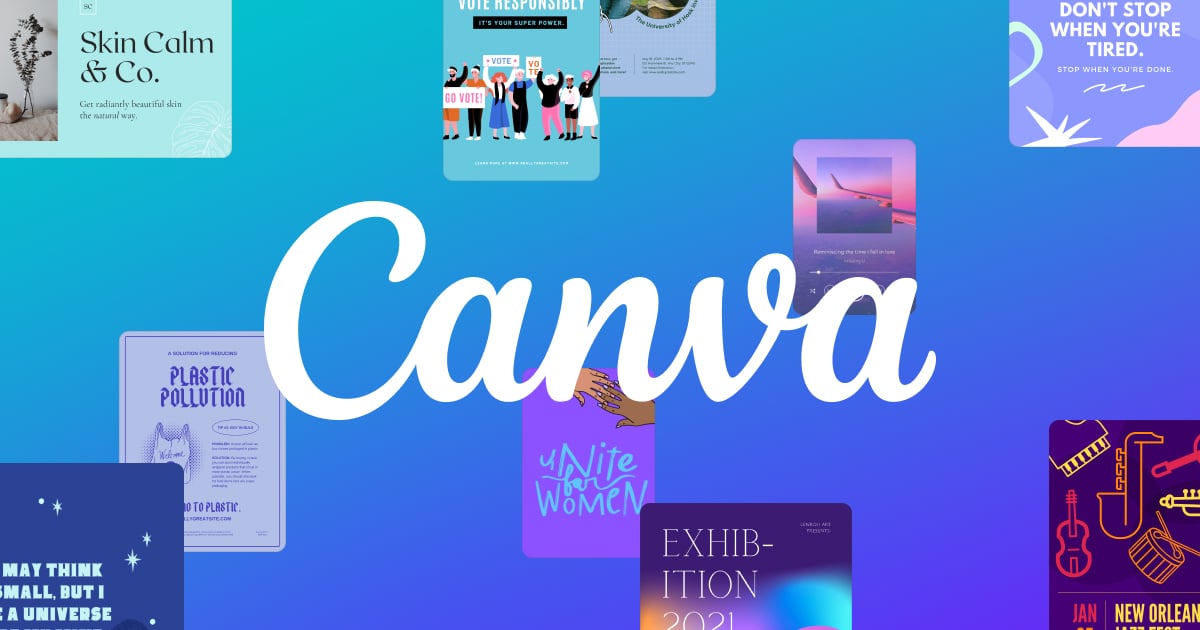I've tried recommending Affinity Designer to some of these people; $100 for a reasonably decent vector graphics app isn't bad, right? I think Affinity Designer is easier to use than Inkscape.
Yes and no. If one is familiar with using SVGs and what that actually means, it's a better format in a lot of ways, for plugins (which from what I'm reading Affinity is shying away from, which is a shame), for manipulation etc (if going by how Ai and Draw handle SVGs, yea, I can understand why people have such a small opinion on SVGs).
Affinity Designer has a better looking, more functional UI than Inkscape and it can support color modes like CMYK (Inkscape is still RGB-only).
I agree with the better looking. I despise GTK based UIs, but that would have to be handled by the Gnome folks, good luck with that. However, when Inkscape came into being, there was either GTK or Qt (a much better toolkit (Maya uses it in some places, Moho I believe does, toon boom etc, but I digress) and even today Qt is in this flux area of licensing that makes it an issue (people really should go to Copperspice, but that's another topic).
However, with regard to CMYK, that is actually being actively worked on right now, so technically that isn't the case now as one can check out that branch before it's merged upstream (splitting hairs, but technically true).
They don't want to have to learn a new app. So they'll probably keep going to Canva.
That happens with "pros" as well. I learned this X amount of yrs ago, it was good at that point, it's still good now. The programs doesn't have feature Y, even though it does, but the person in question doesn't like how it's implemented or the implementation is so radically different, it never occurs to them to try it there. That happens a lot with Inkscape and the SVG format as well. I can understand it, but it's misleading as well when the features actually do exist, they just have to be implemented in a way that goes with the format's "quirks".
I'm hoping the Canva people can use some of the structure of Affinity Designer to make the online Canva app better at creating and exporting vector graphics. But the fundamental problem remains: most amateur/hobbyist graphic designers don't know what they're doing. Most don't understand the very basic difference between pixels and vectors. Too many of them don't have a good handle on basic geometry either -"aspect ratio, what's that?".
That happens with "pros" as well. That's the big thing with all of these higher abstractions, knowledge is lost. Going to be on steroids with "AI" going to be more mainstream. That's the price that one pays for more automation. If one didn't create the automation, don't really know what it is abstracting, hard to fix it when it goes wrong or even recognize when it did go wrong. I have seen that in quite a few industries.
And what adds to this issue is that these little implementations are vendor specific, so when one gets really good at one vendor's version of said abstraction, hard to migrate to another vendor without initial teething pains.

 www.affinity.studio
www.affinity.studio
